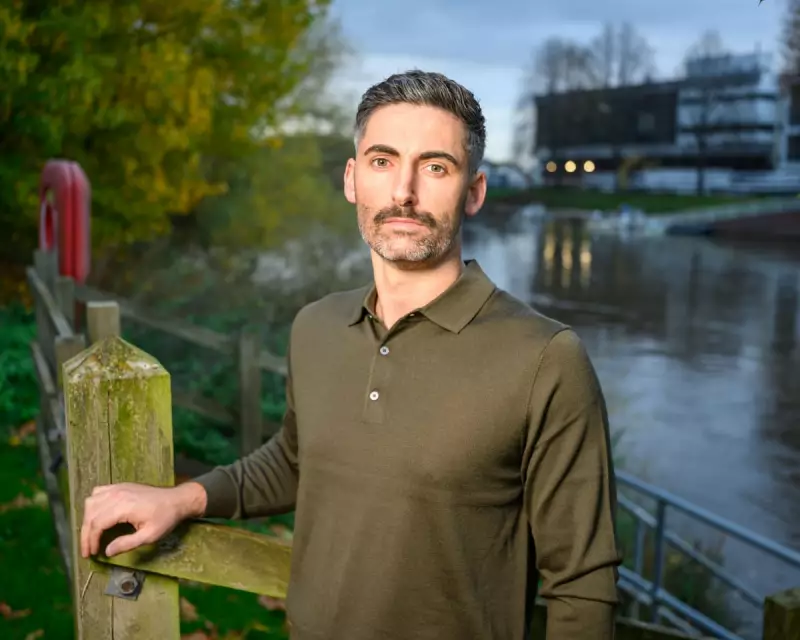
The Myth of Bystander Apathy: Why We're Naturally Inclined to Help
When Colin McGarva plunged into the flooding River Severn on New Year's Day last year, he didn't hesitate for a moment. The Worcester resident saw an unconscious woman in the fast-flowing icy waters and acted immediately, despite the devastating risk to his own life and the potential loss his newborn son would face.
'I didn't stop to think because the instinct - the instant reaction - is to help someone in need,' McGarva recalled. 'Someone's life is an important thing. Helping is just something you have to do.'
Modern Research Overturns Decades of Psychological Theory
Last week's mass stabbing attack on a high-speed train from Doncaster to London brought discussions of heroism back into the public eye. While initial reports described scenes of panic and confusion, stories of remarkable courage soon emerged.
Samir Zitouni, an LNER employee, put himself directly in harm's way to protect passengers, resulting in hospital treatment for his injuries. Police and Transport Secretary Heidi Alexander praised his 'bravery beyond measure', with Alexander noting that 'there are people who are alive today who wouldn't be... were it not for his actions.'
According to experts in bystander intervention, this type of selfless behaviour isn't exceptional - it's actually the norm during emergencies.
'The notion that people panic and run screaming for the exits is a Hollywood fiction,' said Professor Stephen Reicher, an expert in group behaviour at the University of St Andrews. 'Characteristically, people stay and help each other.'
Professor Reicher pointed to multiple real-world examples that challenge the traditional view of crowd behaviour during crises:
- The 7/7 London underground attacks where passengers cared for each other despite fearing additional bombs
- The 1999 Admiral Duncan pub bombing where similar helping behaviour occurred
- The 2015 Leytonstone tube attack where bystanders showed 'amazing level of spontaneous coordination'
Building Communities of Active Bystanders
Professor Clifford Stott from Keele University, a specialist in crowd psychology, confirms that modern research completely debunks the concept of bystander apathy. Instead, strangers frequently demonstrate highly sophisticated unity during emergency situations.
'What modern research shows is that the public are very good at protecting themselves and that the heroic actions that hit the headlines are actually underlying, natural tendencies in all of us,' Professor Stott explained.
This revelation about human nature has significant implications for how society prepares for future emergencies, particularly as climate-related disasters become more frequent.
'We need to scaffold local resilience and build infrastructures within local communities that help them to organise and help manage that motivation that people have to step in,' Professor Stott emphasised.
Professor John Drury, a social psychologist at the University of Sussex, agrees that emergency services should support this natural tendency rather than work against it. He suggests that the language used by first responders is crucial - using positive, unifying terms like 'the community' rather than 'the public' and emphasising 'us' and 'we'.
Fortunately, many institutions are already embracing this approach. Dr Gill Harrop, who leads the Bystander Intervention Programme at the University of Worcester, reports that 'we're seeing this happening now with bystander intervention training in schools, colleges, universities, policing and even the NHS.'
'We are slowly but surely creating communities of active bystanders,' she added. 'And that's wonderful.'





